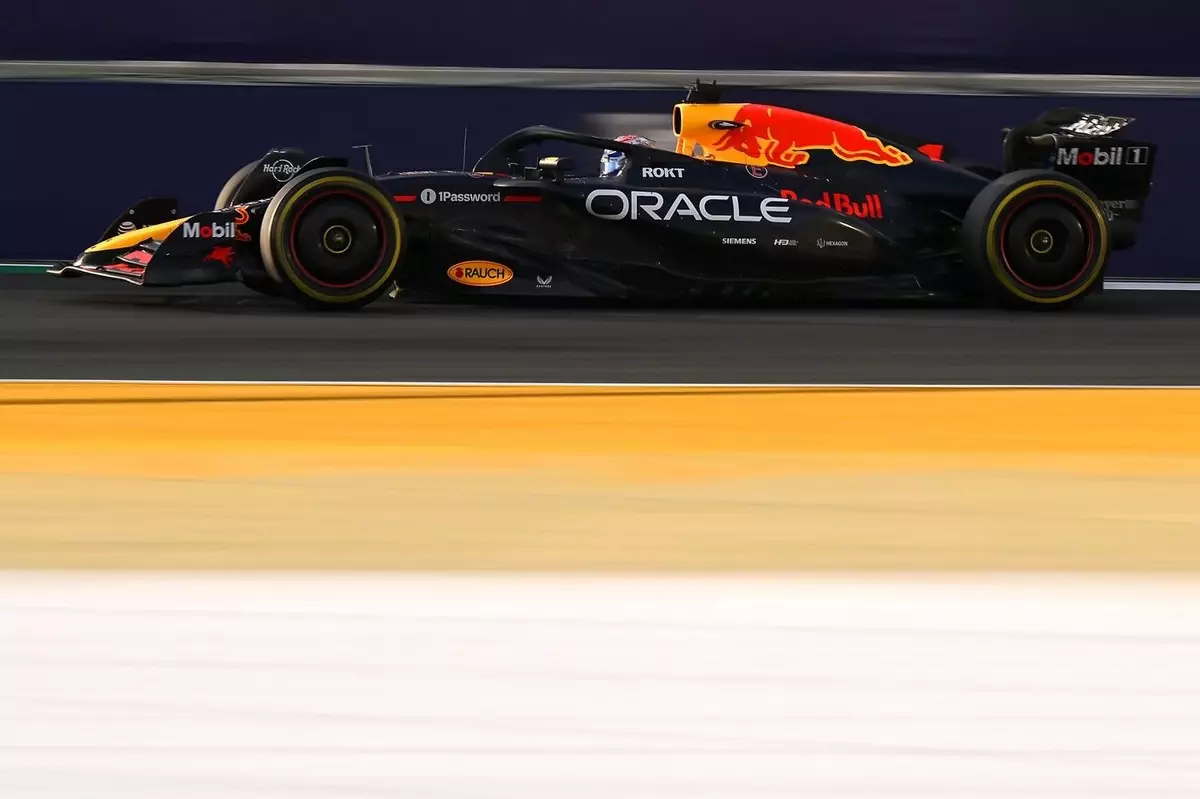The world of Formula 1 is often perceived as a theater of perfect performances and seamless execution. However, the reality is often much more complex. The recent tumult at Red Bull Racing, a team known for its dominance and consistent excellence, signals a significant departure from the seemingly invincible image it once projected. Headlines like “Crisis? What Crisis?” are no longer mere rhetorical flourishes but a window into an unsettling reality, where beneath the surface bravado, genuine discord simmers. When James Callaghan dismissed claims of chaos in Britain during his tenure, he imagined a world unaffected by turmoil; however, the parallels between his dismissal and Red Bull’s current state illustrate a precarious balance between bravado and vulnerability.
Remarkably, current drivers like Max Verstappen are fighting for the championship despite an undercurrent of uncertainty. The eight-point margin weaves a narrative of competition but also beckons questions about the car’s performance and the team’s operational solidity. The dance of adrenaline-filled races encroaches increasingly upon a backdrop of mechanical and strategic chaos—an irony for a formula that epitomizes precision and excellence.
A Culture of Concealment?
Red Bull Racing’s recent internal gatherings, framed by some journalists as “crisis talks,” reflect a shift in the team’s approach to challenges. Historically, the team has thrived on cohesive confidence and quick tactical responses, qualities which seem to be now overshadowed by an unusual urgency. Team principal Christian Horner’s quick dismissal of the term “crisis” raises eyebrows; can one genuinely overlook the significance of an unprecedented meeting among top brass? When the senior leadership—Horner, chief engineer Paul Monaghan, and technical director Pierre Wache—convenes to discuss pressing issues, it denotes an awareness of problems that cannot simply be glossed over.
Moreover, the skepticism on the part of competitors amplifies the gravity of the situation. Behind closed doors, while vociferous confidence is projected outward, the awareness of catching up with rivals like McLaren renders Red Bull’s situation more precarious. As other teams scrutinize the apparent disarray, one must wonder if Horner’s confidence is merely a masked facade, negotiated in the world’s spotlight to maintain morale.
Performance Anomalies and Technological Pitfalls
Verstappen’s variable performances underscore a disconcerting correlation between driver expertise and mechanical reliability. The disparity exhibited during practice sessions indicates a systematic failure to translate simulation data into real-world results. This problem cannot be attributed to isolated incidents; it suggests a systemic issue within Red Bull, where the once-revered correlation between a vehicle’s simulated and on-track performance has deteriorated. Indeed, a victory, while celebrated, does not absolve the team from grappling with underlying inconsistencies that jeopardize future races.
The team’s reliance on outdated technology, likened to a “Cold War relic,” introduces a paradox that complicates Red Bull’s operational capabilities. Their wind tunnel, an archaic setup harboring vestiges of previous eras, limits their progressive developments in aerodynamics. Past attempts at acquiring advanced infrastructure speak volumes; however, the decision to build anew in 2023 emphasizes frustration with the present mechanisms’ inadequacies. While teams across the paddock continuously evolve and push boundaries, Red Bull’s legacy apparatus constrains innovation and agility.
Driving Forces and Future Concerns
As the racing landscape becomes increasingly competitive under mature regulations, the stakes for Red Bull escalate. Horner’s full assurance that improvements are forthcoming tends to ring hollow against a backdrop where testing environments yield inconsistent results. If the team struggles to establish reliable correlations between modified designs and practice outcomes, the efficacy of these ongoing developments is brought into question.
Moreover, with Verstappen’s growing impatience becoming evident, the impact of morale cannot be ignored. The psychological burden of racing with a vehicle that does not perform reliably can gnaw at any driver’s confidence, even those as accomplished as Verstappen. Changes in performance, especially unexpected spikes in competitiveness, only serve to underline the uncertainty surrounding the vehicle’s reliability and predictability.
In a sport where every fraction of a second counts and minor adjustments can yield significant results, Red Bull Racing is at a pivotal juncture. The intricacies of their challenges reflect a larger narrative of struggle against complacency and technological stagnation. As the championship battle unfolds, the real question looms: can Red Bull navigate these turbulent waters, or are they inevitably propelling toward an unsustainable reckoning?

